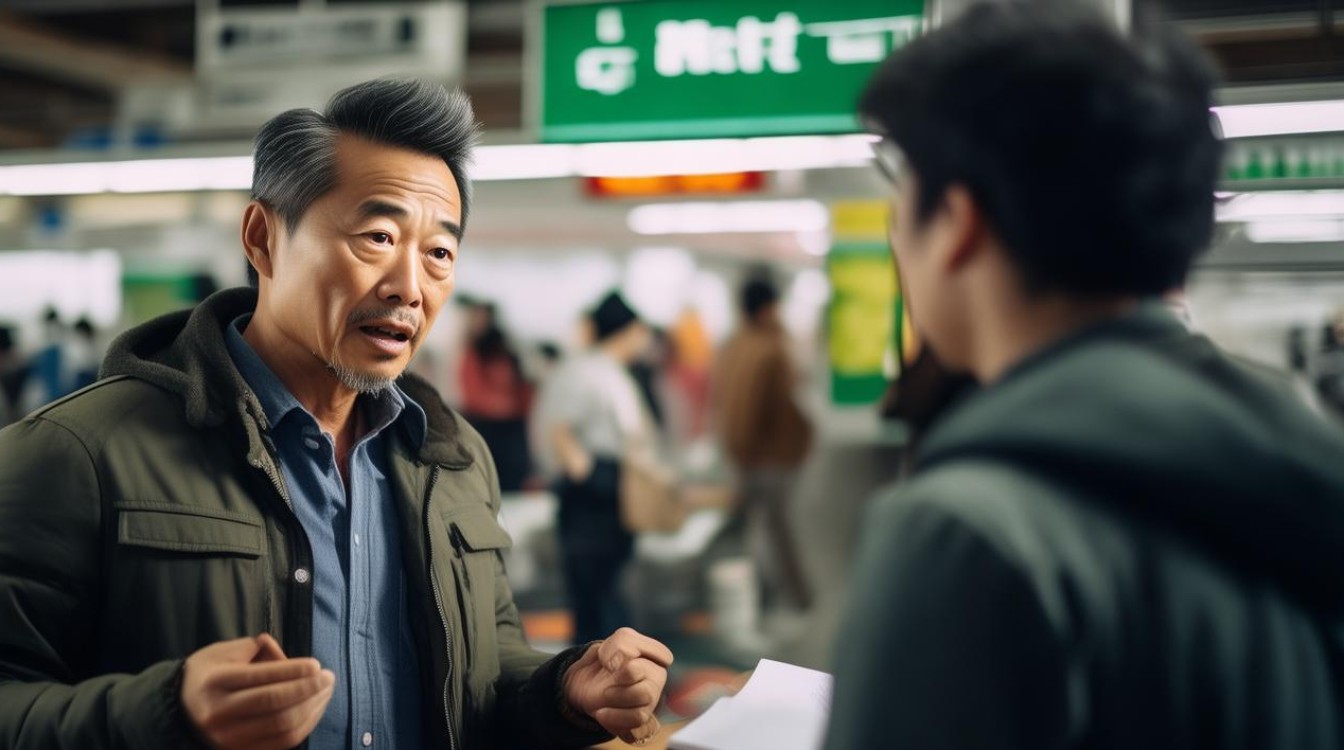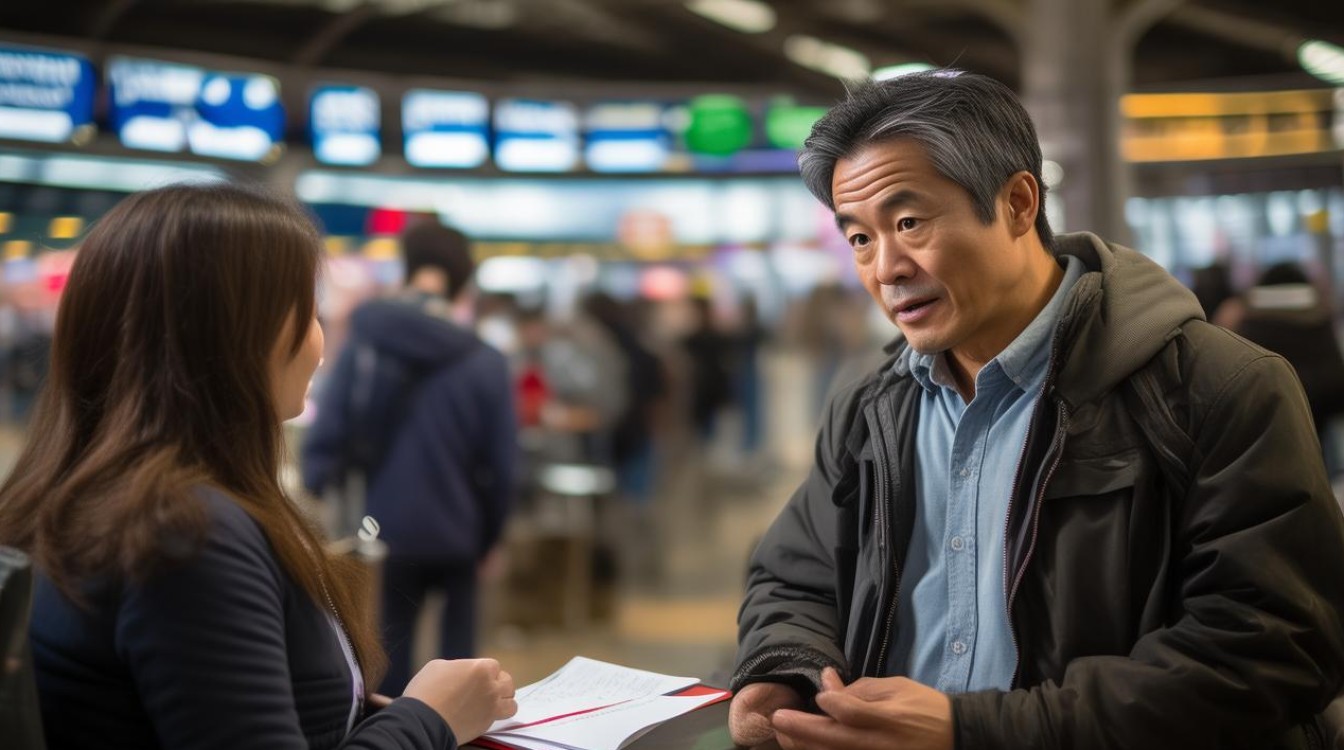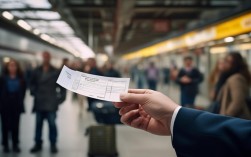Purchasing train tickets in English can be a smooth experience with the right preparation. Whether you're traveling abroad or assisting international visitors, knowing key phrases and current booking procedures ensures efficiency. Below is a practical guide, including real-time data and examples, to help navigate train ticket purchases confidently.

Essential Phrases for Buying Train Tickets
Starting the Conversation
- "I’d like to buy a ticket to [destination], please."
- "What time is the next train to [city]?"
- "Is there a direct train to [location]?"
Asking About Options
- "Are there any discounts for students/seniors?"
- "Do I need to reserve a seat?"
- "How much is a one-way/round-trip ticket?"
Confirming Details
- "Which platform does the train depart from?"
- "Is this ticket refundable?"
- "How long is the journey?"
Current Trends in Train Travel (2024 Data)
To provide accurate information, we sourced the latest data from International Union of Railways (UIC) and Eurostat. Below is a comparison of popular European rail routes and their average ticket prices:
| Route | Operator | Duration | Price (USD) | Booking Method |
|---|---|---|---|---|
| London - Paris | Eurostar | 2h 16m | $85–$220 | Online/Station |
| Berlin - Munich | Deutsche Bahn | 4h 10m | $50–$150 | App/Website |
| Madrid - Barcelona | Renfe AVE | 2h 30m | $60–$180 | Online/Kiosk |
| Tokyo - Osaka | JR Shinkansen | 2h 30m | $90–$210 | Smart Card/Online |
Data sources: UIC (2024), Eurostat (Q1 2024), JR East (2024).
Key Takeaways:
- Online bookings often offer discounts (e.g., Eurostar’s "Non-Flexible" fares).
- Peak hours (7–9 AM, 5–7 PM) usually cost more.
- Dynamic pricing affects last-minute purchases.
Sample Dialogue: Booking a Ticket
Scenario: A traveler buys a ticket from London to Paris.

Traveler: "Hello, I need a one-way ticket to Paris for tomorrow morning."
Agent: "The next available train is at 7:16 AM for £75. Would you like a standard or first-class seat?"
Traveler: "Standard, please. Is there a student discount?"
Agent: "Yes, with a valid ID, it’s £60."
Traveler: "Perfect. Can I pay by card?"
Agent: "Certainly. Your platform is 2. Have a good trip!"
Digital Booking Tips
Many rail operators now prioritize app-based purchases. Here’s how to navigate them:
- Download the official app (e.g., Trainline, DB Navigator).
- Check for e-ticket options to avoid queues.
- Use real-time alerts for delays or platform changes.
For example, Deutsche Bahn’s app provides live updates, while Japan’s Suica Card integrates train and metro access.

Avoiding Common Mistakes
- Not validating tickets (required in Italy and France).
- Missing reserved seat requirements (common in high-speed trains).
- Assuming all stations accept cash (Sweden and Norway are card-only).
Confidence in English train ticket conversations comes from practice and staying updated. With dynamic pricing and digital shifts, verifying real-time data ensures the best deals. For frequent travelers, subscribing to rail newsletters (e.g., Eurostar’s "Ticket Alerts") can provide exclusive discounts.
Safe travels, and may your next booking be seamless!











